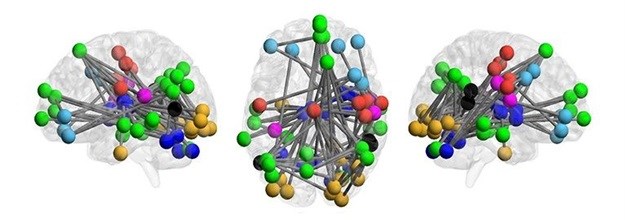
Top stories



LegalNigeria to implement new tax laws from January 1 despite calls for delay, Tinubu says
Camillus Eboh 9 hours

EducationChoosing a career? In a fast-changing job market, listen to your inner self – counsellor
Kobus Maree 8 hours


Using fMRI images of people who exhibit features indicating a high risk for psychosis, the Yale team noted increased functional connectivity in the cerebello-thalamo-cortical circuitry, an extensive network involved in coordination of a host of brain functions, they report in the journal Nature Communications, on 21 September 2018. Higher degrees of functional connectivity of this network were found in those who later developed psychosis.
In a second experiment, they confirmed this hyperconnectivity pattern was present among those who already have a diagnosis of schizophrenia but not in those with other psychiatric disorders.
“The hope is that this biomarker can be used in second-stage screening after the identification of other risk factors for schizophrenia,” said Tyrone Cannon, professor of psychology and psychiatry and senior author of the paper.
Early intervention in psychosis patients has been linked to better outcomes in schizophrenia, which is marked by hallucinations, delusions, and thought disorder, and generally first strikes people in their late teens and twenties.
Cannon said the hyperconnectivity findings suggest that the affected brain network may reflect greater errors in integrative brain functioning, such as the mistiming in the convergence of information from different brain regions. Alternately, he noted, the pattern may reflect compensation for such errors, which are believed to underlie the disorganized thinking that is a hallmark psychosis.
Hengyi Cao of Yale is first author of the study, which was funded by the National Institute of Mental Health.
Source: Yale University